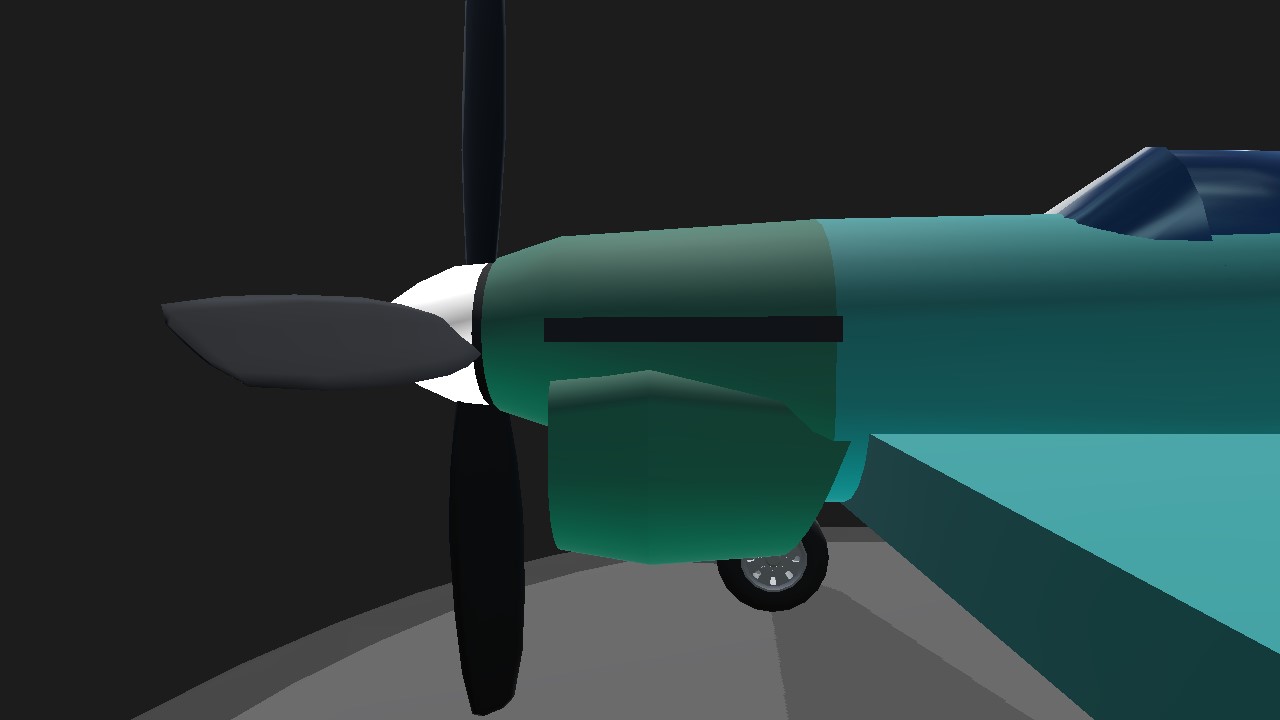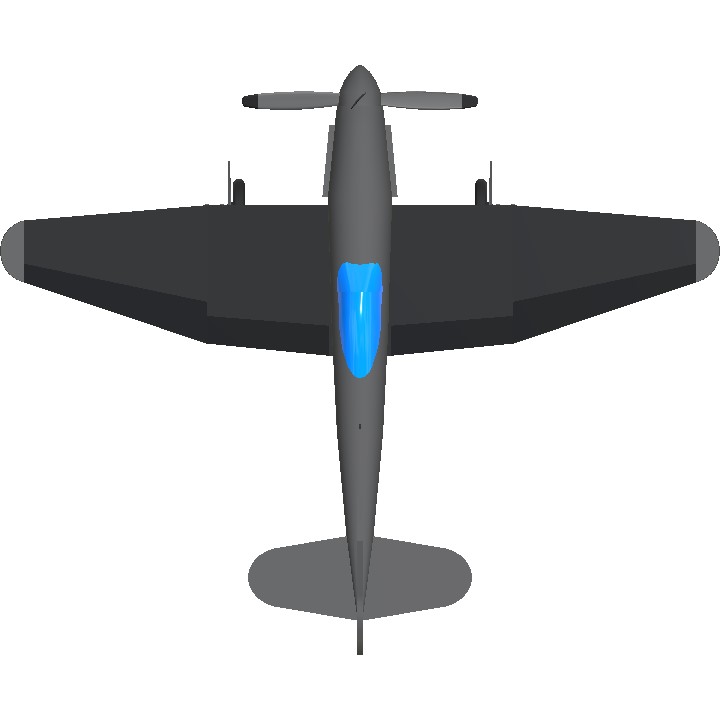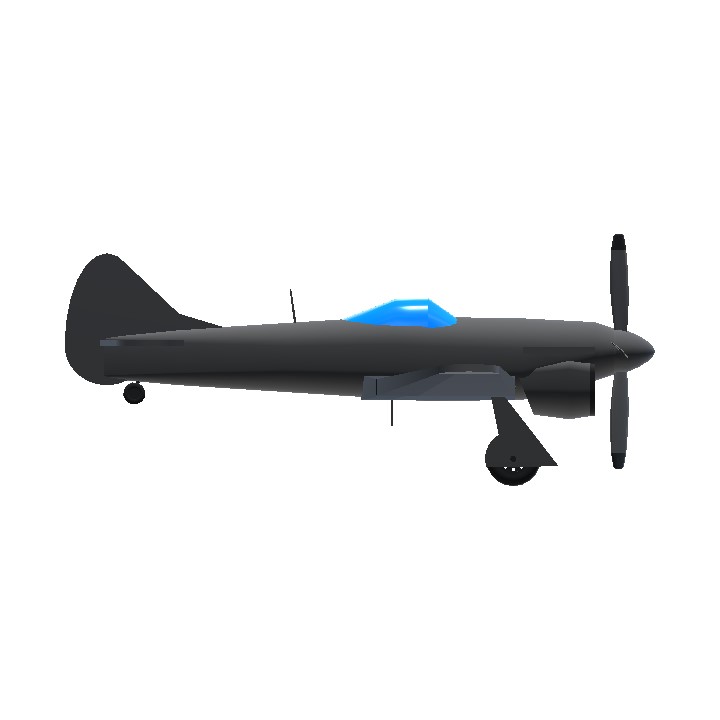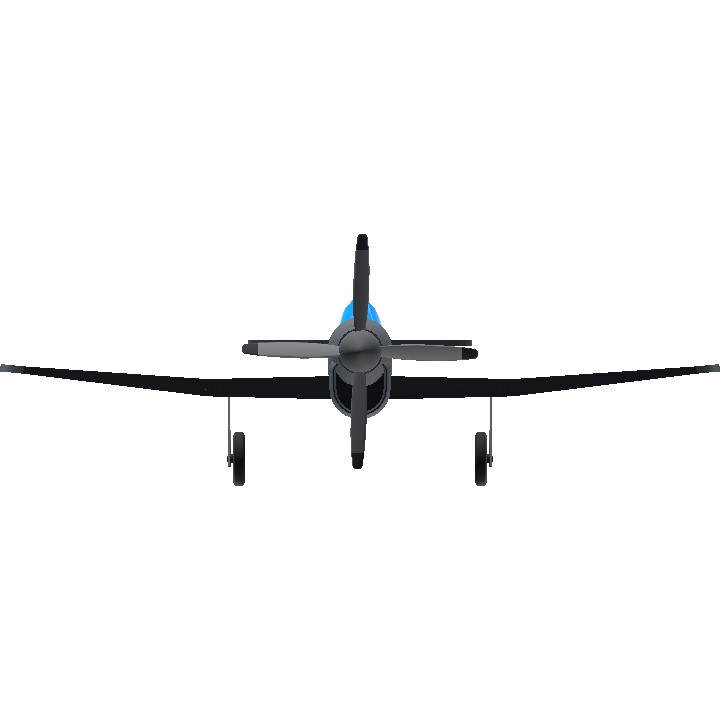Hurri-zilla~
Hawker Tempest
The Hawker Tempest, a direct descendant of the ill-fated Typhoon, emerged as one of the most formidable and effective aircraft of World War II, particularly in the latter years of the conflict. It was a vast improvement over its predecessor, ironing out many of the Typhoon's shortcomings and ultimately establishing itself as a superior interceptor, low-level ground attack platform, and a nightmare for German jets.
The Tempest's story began with the Typhoon, a powerful but problematic aircraft originally conceived as an interceptor to counter high-altitude bombers. However, the Typhoon suffered from engine unreliability, poor visibility, and structural weaknesses. Sir Sydney Camm, the renowned Hawker designer, recognized the Typhoon's potential but understood the need for extensive redesign. Several prototypes were built and tested, ultimately leading to the Tempest Mark V, which proved to be a game-changer.
The Tempest V entered service in early 1944 and quickly proved its worth, particularly against the Luftwaffe's increasingly potent threat of V-1 flying bombs. The Tempest's high speed and exceptional low-altitude handling made it ideally suited to intercepting these "buzz bombs." Pilots like Roland Beamont achieved legendary status for their success in destroying V-1s, often by tipping them over with the Tempest's wing.
As the war progressed, the Tempest faced new challenges, including the emergence of German jet aircraft like the Messerschmitt Me 262 and the Arado Ar 234. The Tempest, particularly the improved Tempest II (using the Bristol Centaurus engine) with its superior engine performance, proved surprisingly effective against these advanced threats. While the Me 262 was faster in a straight line, the Tempest's superior maneuverability, especially at lower altitudes, allowed skilled pilots to engage and even defeat the jet-powered fighters.
The Tempest also excelled in the low-level ground attack role. Its powerful cannons and ability to carry bombs or rockets made it a formidable strike aircraft, capable of disrupting enemy troop movements, destroying vehicles, and attacking supply lines. The Tempest's rugged construction enabled it to survive the intense flak encountered during these low-level missions.
The Hawker Tempest is widely regarded as one of the best piston-engined fighters of World War II. Its combination of speed, firepower, maneuverability, and ruggedness made it a versatile and effective weapon in a variety of roles. It played a crucial role in defending Britain from the V-1 menace, countering the threat of German jets, and supporting Allied ground forces in the final stages of the war.
Possible Aircraft Nicknames:
"The Hun Killer": A straightforward and aggressive nickname reflecting its successes against German aircraft, especially the Me 262.
"Sabre Slayer" / "Jet Buster": Highlighting its surprisingly effective against German jets (although never dogfighting to an actual F-86 Sabre (even MiG-15), but the dogfighting capability is equivalent to that NAA's Stangjet)
"Buzz Bomb Buster": Referring to its key role in intercepting V-1 flying bombs.
"The Low-Blow King": Emphasizing its effectiveness in low-level ground attack operations.
"The Typhoon's Revenge": Referencing its development from the problem-ridden Typhoon and how it redeemed the design.
"The Bull": Short, powerful, and reflects its robust build and aggressive nature.
"The Centaur": Specifically for Tempest IIs, using the Centaurus engine, a mythical hybrid creature symbolizing power and speed.
Just add yours in the comments, let's discuss :)
- About the variant
Tempest Mk. VI – F. Mk. VI (F.6 series)
Single-seat fighter aircraft for the RAF, fitted with the Napier Sabre Mk. V engine (2,340 hp) but otherwise equivalent to the later Tempest Mk. V. 142 built.
C O N T R O L S
Trim : Flaps, cruising 'rotate' adjuster
VTOL : Further flaps
Specifications
Spotlights
- TheUltimatePlaneLover 6 months ago
General Characteristics
- Created On Android
- Wingspan 38.4ft (11.7m)
- Length 31.5ft (9.6m)
- Height 13.5ft (4.1m)
- Empty Weight 3,830lbs (1,737kg)
- Loaded Weight 6,326lbs (2,869kg)
Performance
- Horse Power/Weight Ratio 0.382
- Wing Loading 14.0lbs/ft2 (68.1kg/m2)
- Wing Area 453.4ft2 (42.1m2)
- Drag Points 1313
Parts
- Number of Parts 63
- Control Surfaces 7
- Performance Cost 489







I like these builds, reminds me of the old PEA series from a while ago :D